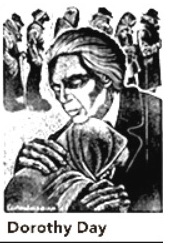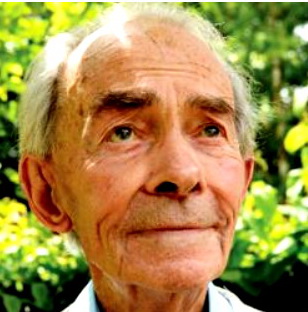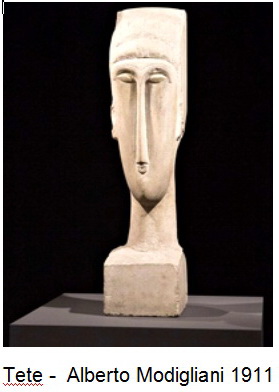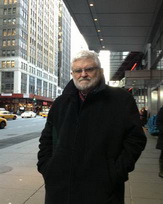Recently
in a sale at Sotheby’s, two pieces of 20th Century art were
auctioned.
Giacometti’s
1951 bronze Chariot,
sold for $101m, while Modigliani’s Tete
fetched $70.7m, a 1911-12 stonework never before auctioned and which set an
auction record for the artist.
Now in any story, that is a
great deal of money. How do we place a value
on a work of art? Without doubt both
Giacometti and Modigliani were great artists who made a significant contribution
to our experience of shape and form. A number of reproductions of Modigliani
found a home on my office wall, before retirement.
Back
in the 90s, when we visited
Liverpool
with a group of children, we looked into Liverpool Tate and
there was the Giacometti piece “Walking
Man” I
made little comment, just sat on the gallery floor with the children and looked
at the silent movement of this tall, thin man striding across the room.
Stunning, creative work by brilliant
artists, but what determined the Auction prices paid for these pieces? Is it
justified?
It
is this value system that Francis has questioned on a number of occasions. He
was quoted in the Guardian ( September 2013) calling
for “a global economic system that puts people and
not "an idol called money" at its heart, drawing on the hardship of
his immigrant family as he sympathised with unemployed workers in a part of
Italy that has suffered greatly from the recession”.
And he has challenged us to
reflect on our own life styles, asking those tasked with the responsibility of
care to share their faith by the example they give. There are many instances of
people who put people first, whose lives are spent caring for the lives of
others. They do not value everything by a monetary price, for their value system
is different. It is a living experience of the Sermon on the Mount.
The life of Dorothy Day, founder of the Catholic Worker movement in
New York City
, was a world away from that
Sotheby’s Saleroom, for her focus
was on people, the difficulties of their lives and the immediacy of their needs.

Only a few days ago a
well known and highly respected writer died at the age of 90. A Scot, born in a
small village, later moving to a tenement building in Glasgow, Gerard Hughes
entered the Jesuits and was later to become Chaplain of the University in that
ship-building city on the Clyde. He became famous for his original and fine
writing, the book most widely known, “God of Surprises”,
is reflective of our own times, for God is indeed surprising us through
the ministry of Francis, Bishop of Rome.
In a Sermon in
Rome
this last October, Francis said “They
did not understand that God is the God of surprises, that God is always new: he
never contradicts himself, never says that what he had said was wrong, ever, but
he always surprises us. And they did not understand, and closed themselves in
this system created with the best of intentions.”
Commenting
on this book, Gerald Priestland wrote:
“God of Surprises is one of
the great books of spiritual guidance, a lovely, wise and lucid book of deep
humanity. Above all, it is a useful book- a book to be used by those who find it
hard to forgive themselves: the stumblers and agnostics who hardly dare believe
that God is within them”
Writing
on the Tablet website, Fr Dermot Preston SJ, in paying tribute to the priest
whose books made him an international best-seller, and endeared him to
generations of searching and questioning Christians, said that
“Fr.
Hughes had touched the lives of thousands of people who probably would not have
encountered Christ through the institutional Church. By articulating his own
questioning, he allowed others to question the role of God in their lives and in
the world”.
Only
last week I bought Gerry Hughes’ final book “Cry
of Wonder”, just
published this August. I very much look forward to reading it.

May he rest in peace.
END
……



